I was not much of a railway person. The KTM railway in Singapore has been around for nearly 80 years, but like most people, I never thought much about it. I had vague memories of taking the train to Malaysia when I was a little kid but couldn’t remember much of it.
The quaint little railway station (which I never knew about until recently) and the iconic black truss bridge across Bukit Timah Railway – these were very close to Ngee Ann Polytechnic where I spent three years studying. I would pass the bridge every day on the way to and from the polytechnic, but never ventured to explore the vicinity.
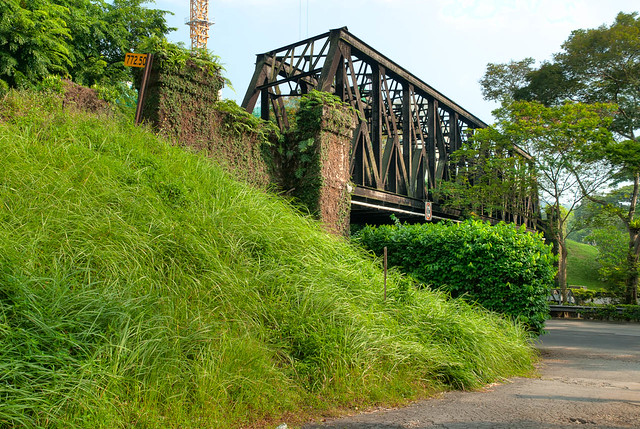
When the announcement came last year that the railway land would be returned to Singapore as part of a land-swop deal with Malaysia, I made a mental note to go visit Tanjong Pagar Railway Station, the only train station I knew in Singapore. Somehow when I visited it this April to shoot, somehow it didn’t inspire me.
Things changed when Gilbert alerted me of a walk organised by Eugene from the “We Support the Green Corridor” Facebook page and led by Ms Margie Hall of the Nature Society of Singapore. That was when I discovered the quaint Bukit Timah Railway Station which I never knew existed. Somehow the quaint-ness appealed to me more than the grander art-deco inspired Tanjong Pagar Station. There were no longer passenger embarkation and disembarkation at this station since 1993, and from then until its closure it only functioned as a passing loop station where the practice of token key exchange still took place.

The station and the area surrounding it appears to be trapped in time. We were intrigued by the old school station and the equipment, and spent some time talking to the station master Mr. Hashim about how everything worked. Track changes and signal lights were mechanically operated by the levers in the signal room, linked by a system of chains, pulleys and levers. By the time we bid farewell, the rest of the participants of the walk were far, far ahead of us.


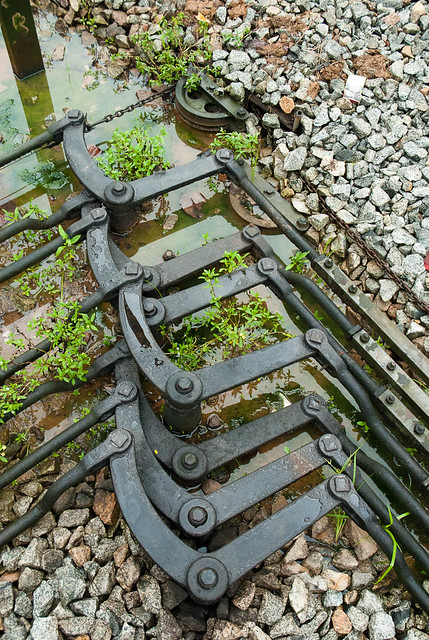
Trekking along, I was also attracted by the unspoilt greenery surrounding the railway track. There was a sense of tranquility and peace as we made our way forward – a big contrast to the noise that now make our modern living environment. I fully appreciate why there is so much interest and lobbying to preserve the whole stretch as a continuous green corridor after 1 July 2011, when the land is finally handed back to Singapore.
After the walk that day, I decided to return to the station to get more shots, as well as to photograph the now-defunct token exchange, which we missed on the first visit. It’s on this trip that we met the very friendly (and now famous) station master, Mr. Atan Ahmad. He was so popular with the visitors that they have setup a Facebook page for him, administered by his son.

I have also read more about the railway and the level crossings (something which I have also not seen in action previously) by prominent bloggers such as Jerome Lim and Tan Kar Gee and decided to walk to the Bukit Panjang Level Crossing after shooting the station. We were lucky to finally see it in action.
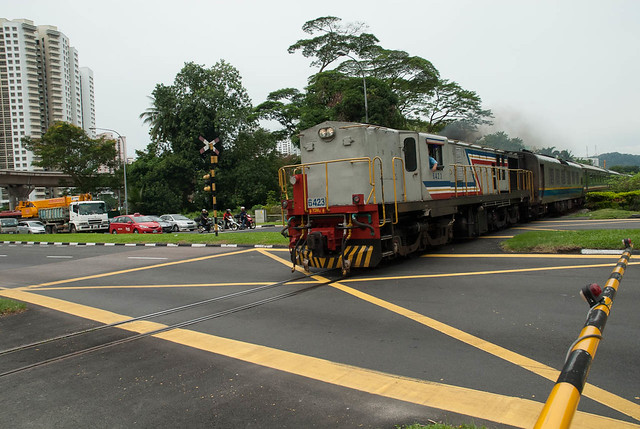
We also joined another walk by Jerome the following week where he basically covered the same track, but we had the benefit of him telling us more about the locations as well as the fortune of having several trains passing for us to photograph.
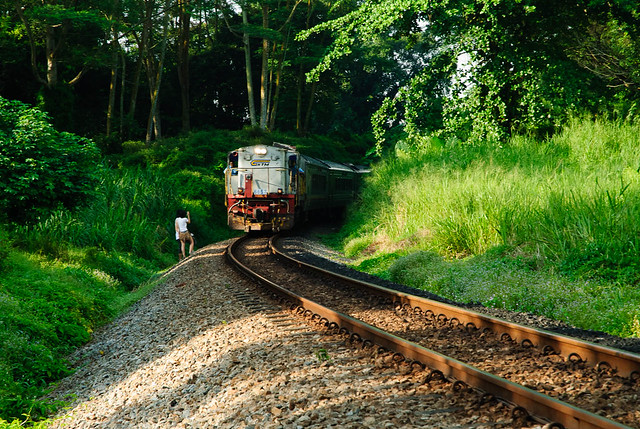
By then I was fully into the railway thing and thought my collection wouldn’t be complete without a few trips to the Tanjong Pagar Railway Station, despite it having failed to inspire me on my earlier trip. Of course, with less than a month before closure, hordes of people have descended upon it. Perhaps it’s the increased activity, or the urgency of wanting to shoot something before it disappears altogether, I managed to get good shots of the place and the people within. I also explored the area surrounding it, venturing near the old and new signal houses as well as getting near the depot.
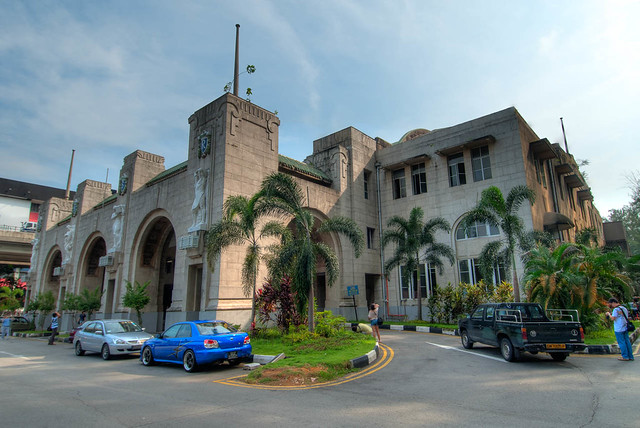
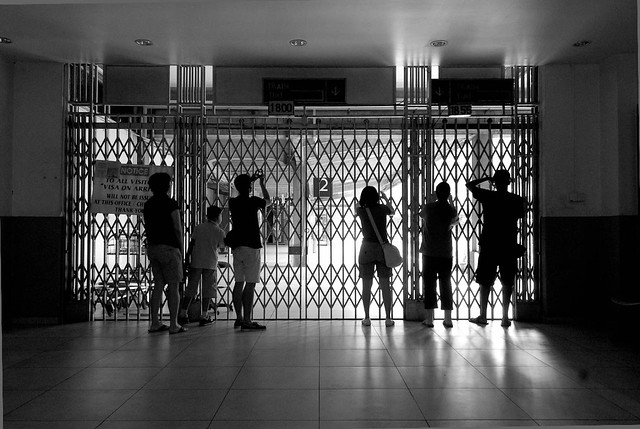

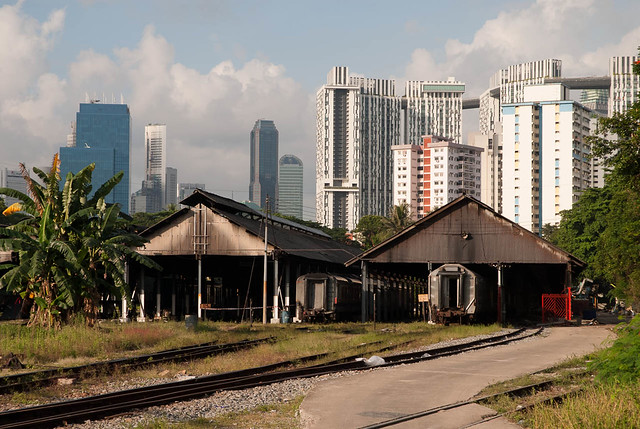
Having gone so deep into covering the last days of the KTM railway, I felt I had to shoot something on the last day of operations as well so as to complete the collection. Gilbert was with me to capture the momentous moment on that day too. Not having found out enough about the timings, we completely missed the last train driven by the Sultan of Johor but at least we caught the last passenger train leaving as well as the locomotive used by the sultan as it was being prepared.
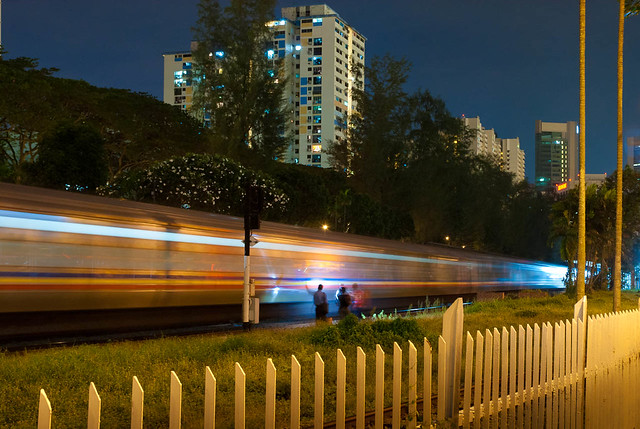
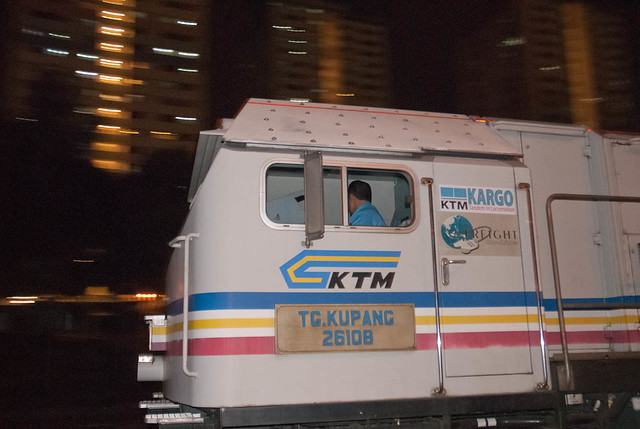
And that ended my short and memorable encounter with the KTM railway. I am glad to have discovered and captured it for posterity through my photos and blog posts. Thank you, Gilbert for alerting me to the walk and helping me discover the Bukit Timah Railway Station. And thanks to Eugene for organising the series of walks and to Jerome and Margie Hall for leading the walks. They have been an eye opener. I sure hope the green corridor proposal will be successful.